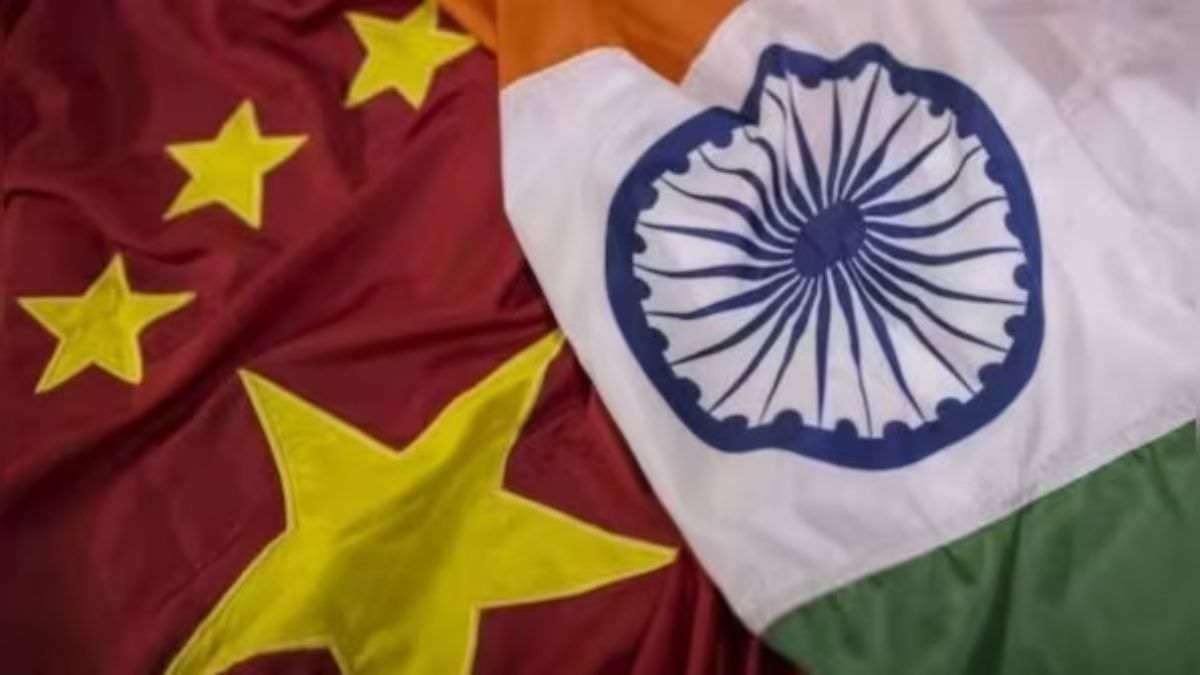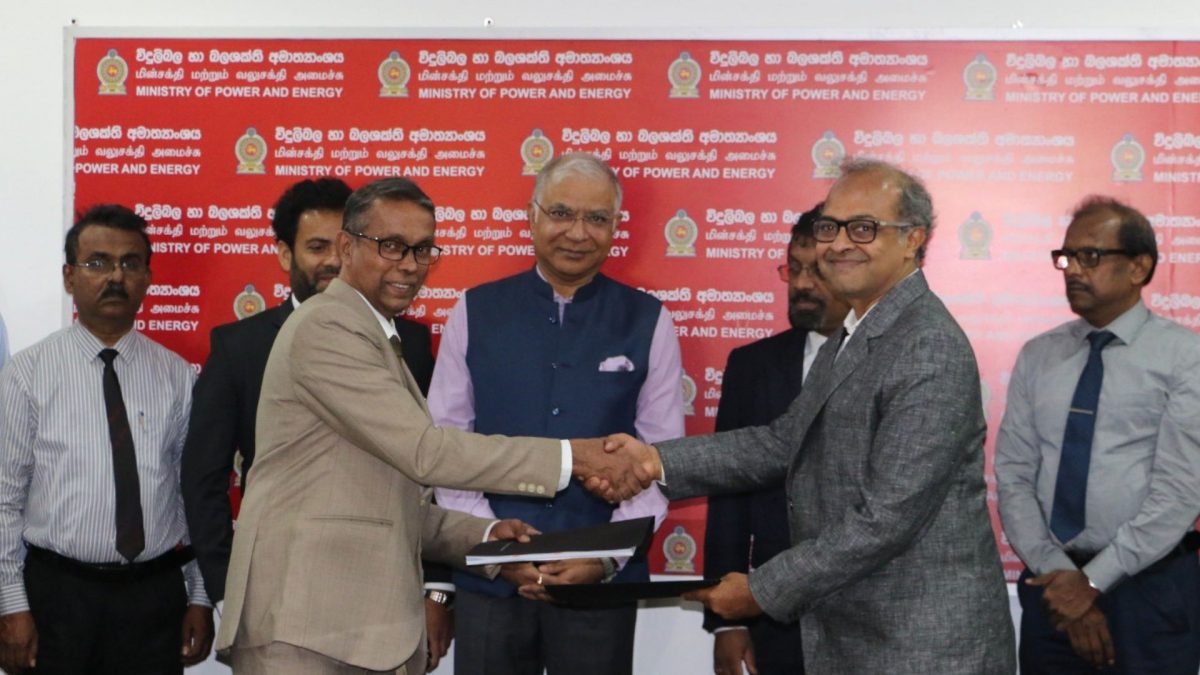At the stroke of midnight, Telangana was officially declared the 29th state of India. K Chandrasekhar Rao, the leader of the Telangana Rashtra Samithi, was sworn in as the first Chief Minister of the newly formed state.
Early this morning, ESL Narasimhan was sworn in as the first Governor. The Ministry of Home Affairs has now revoked the President’s rule which was imposed in the state.
Rao will meet his new cabinet later today after which he will address the state.
Here’s all you need to know about the new state:
Districts: Hyderabad, Adilabad, Khammam, Karimnagar, Mahbubnagar, Medak, Nalgonda, Nizamabad, Rangareddy and Warangal.
Area: 1.14 lakh sqkm, 13th largest state in India
Population: 3.52 Cr according to the 2011 census. Forty one percent of the population of Andhra Pradesh state lives in Telangana
Positives: Has a huge chunk of natural resources 68 percent of catchment area of Krishna river 79 percent of catchment area of Godavari river 45 percent of Andhra’s forest cover is in Telangana Hyderabad is the only major developed & industrialized district
Negatives: The region is a Naxal hotbed, with mostly barren land It also faces acute power shortage Law & order could also be a big problem in the new state
Residual Andhra:
Districts: 13 ( 9 in coastal Andhra, 3 in Rayalaseema)
Coastal districts- Srikakulam, Vizianagaram, Vijayawada, Visakhapatnam, East Godavari, West Godavari, Krishna, Guntur, Prakasam and Nellore.
Rayalaseema districts - Kadapa, Kurnool, Ananthapur and Chittoor.
Area: 1.60 lakh Sq km, 9th largest state in India
Population: 5 Cr, according to the 2011 census
Positives:
The region is well developed and has better infrastructure Has a long coast and huge chunk of fertile land Has many major developed and industrialized cities Has better road and rail transport Naxals have a marginal presence Visakhapatnam is a port city, has a Naval base and a ship building yard Can develop business and industry in major cities like Vishakhapatnam, Vijayawada, Rajahmundry, Tirupati, Ongole and Kurnool.


)




)
)
)
)
)
)
)
)